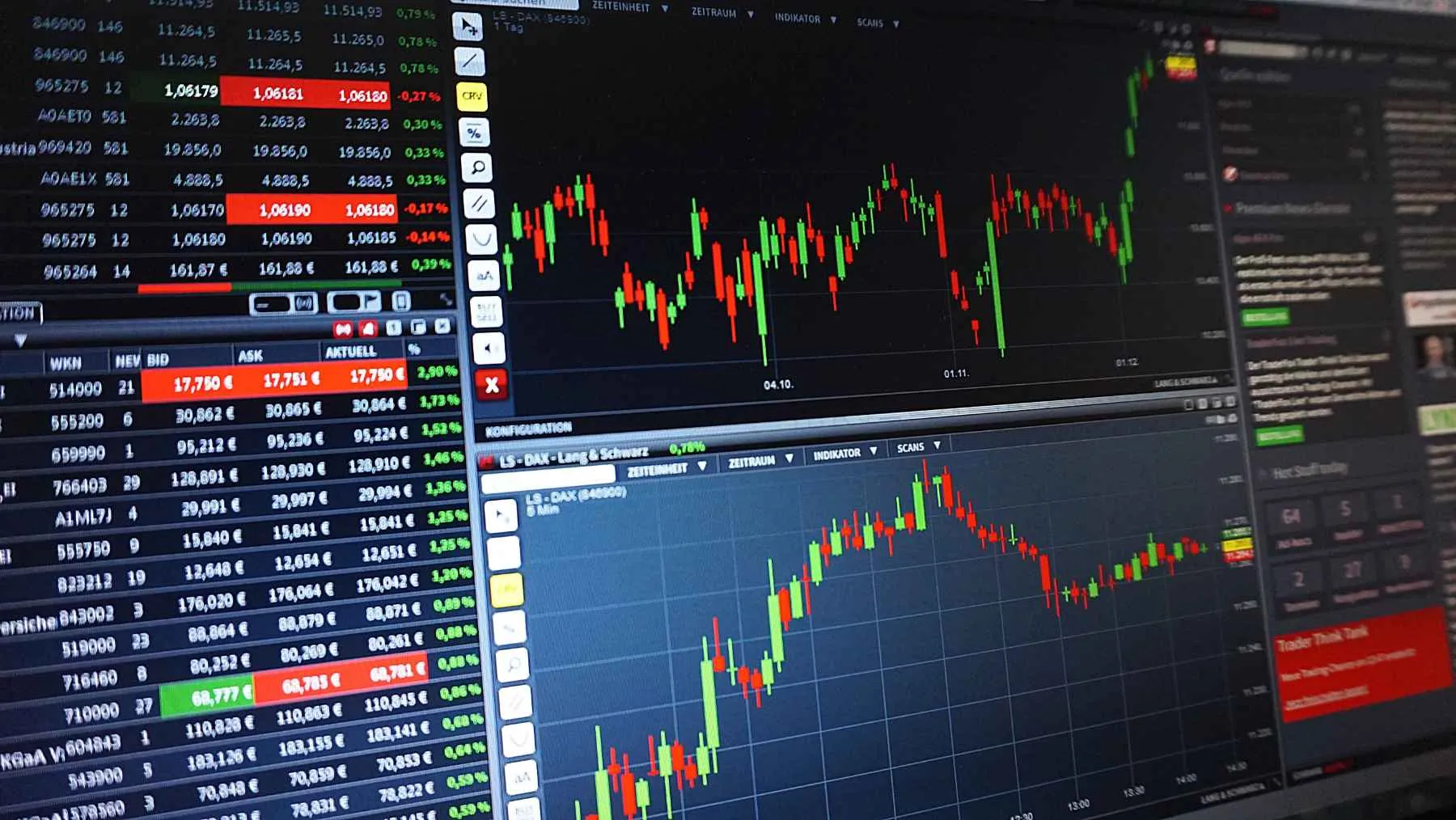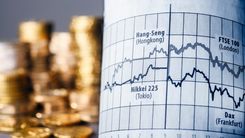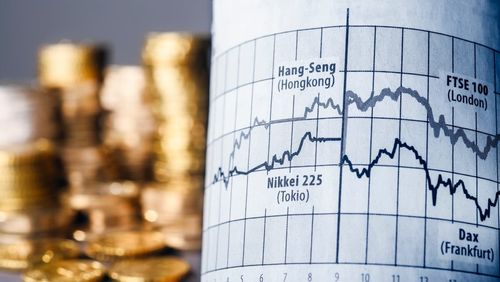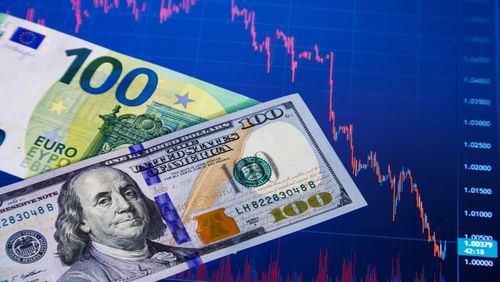Whenever a macroeconomic event occurs, the prices of certain groups of stocks are affected. These are called cyclical stocks – something traders of all levels should be aware of. Here’s what they are, and how to trade them.
A guide to cyclical stocks
Cyclical stocks are shares in companies that operate in industries greatly affected by macroeconomics and business cycles. These are called cyclical industries.
These are economic sectors that are susceptible to the economy’s various ups and downs. They are profitable when the economy is performing well, and visa versa. Examples of cyclical industries include automotive, luxury goods, airlines, and holiday firms.
The price of cyclical shares, therefore, is often high in economic boom times, and low during market downturns.
We’ve seen the impact of economic downturns on certain sectors during the Covid-19 pandemic. For example, EasyJet shares have been down because no one is going on holiday due to lockdowns. Conversely, stay-at-home stocks, like DIY chains are up because more people are staying at home.
Cyclical stocks vs defensive stocks
Defensive stocks are almost like the opposite of cyclicals. Their price is likely to remain relatively unmoved by market fluctuations as the industries represented are less prone to changes in sentiment and the business cycle: consumer staples like Unilever and Procter & Gamble, tobacco giants like British American Tobacco and Imperial Brands, or utilities such as SSE and United Utilities.
Defensive stocks tend to generate a steady income stream of dividends irrespective of the state of the overall economy or stock market. For example, drinks brand Diageo might be considered a defensive stock since it generates a steady stream of cash irrespective of the business cycle, but a clothing brand like Burberry would be classified as cyclical.
What to be aware of when trading cyclical shares
Volatility
By their very nature, cyclical stocks are volatile. They are tied in with economic performance, so can fluctuate between highs and lows quite rapidly. As such, they are reasonably well suited to short-term trading, at least in comparison with lower beta or defensive stocks which may not generate as much day-to-day volatility.
You can use products like CFDs and, in the UK, spread bets to trade cyclicals’ volatility as both allow you to take positions on rising and falling markets. Long-term traders may want to see diversification in their portfolios due to the inherent risk of volatile cyclical shares.
Beta value & earnings per share
Beta value is a measure of a stock’s volatility against the market overall.
A beta of one means a stock’s volatility is equal to the rest of the market. Less than one means the stock is less volatile, so is probably a defensive stock. A beta value of more than one means the stock has a high volatility and is probably cyclical.
If a cyclical stock has a beta of 1.5, for instance, that would mean for every 10% move in the underlying benchmark, the stock would have moved by 15%.
Cyclicals’ earnings per share (EPS) can vary wildly too, since their earnings are so dependent on economic health.
The two aspects above are something to consider if you’re considering trading cyclicals.
Timing
Timing is everything when it comes to cyclicals.
Such discretionary stocks often come in predictable cycles, which means they garner a lot of attention from traders and investors at certain times.
You can use our analytical tools to help you identify patterns in stock movements.
A good time to buy cycle-dependant stocks is at “the bottom”, i.e. at the lowest point of that particular cycle. The stock should be at a lower value. Then, you can potentially take advantage of any market upswing. Judging when the bottom is in is the tricky part.
But remember opening a position at the wrong time could result in significant losses if the market moves against you.
Consider diversifying your portfolio
Because of cyclical stocks’ volatility, they pose risk to traders. A good way to protect against this and limit your exposure is to build a shares portfolio of both cyclical and defensive stocks.
During periods of strong economic performance, both your cycle-dependent shares and defensives can earn you a profit. But during downturns, your defensives can potentially offset any losses incurred by your cyclical stocks.
Diverse portfolios should also include a wide variety of different sectors and asset classes, just as extra protection against market volatility.












